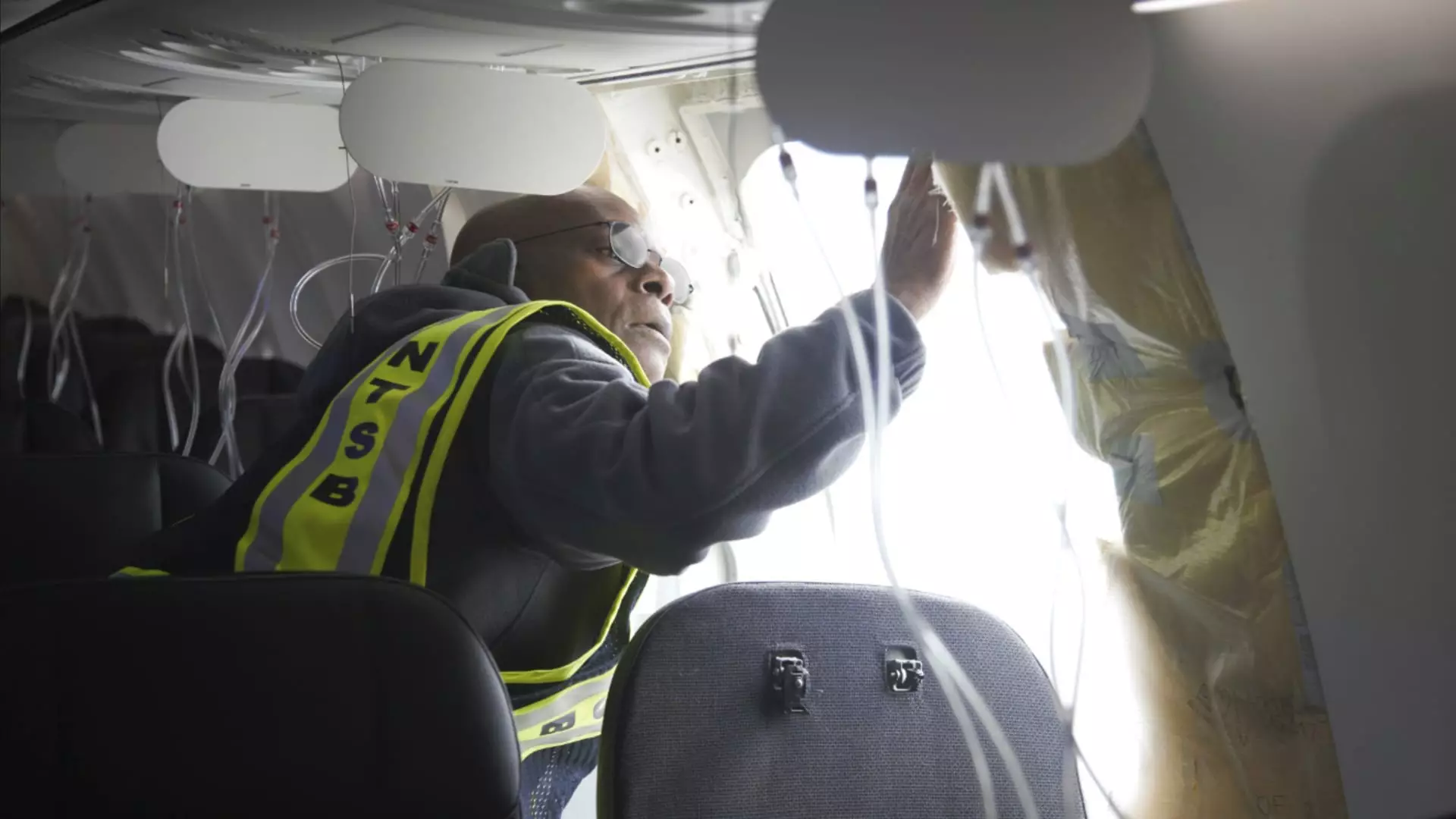Boeing CEO Dave Calhoun recently addressed a serious incident involving a door plug on a 737 Max 9, which blew out during an Alaska Airlines flight, causing a significant hole in the fuselage. Calhoun expressed the company’s acknowledgement of “our mistake” and the gravity of the situation. The incident led to the grounding of all 737 Max 9 aircraft by federal regulations. The Federal Aviation Administration swiftly took action, ordering inspections of the affected jets. Notably, the 737 Max 8, a more commonly used variant, was not affected by this issue.
Calhoun described his emotional response upon seeing a picture of the damaged Alaska Airlines 737 Max 9. He expressed concern for the individual who should have been seated next to the breached panel. The CEO empathized with the potential consequences of safety lapses, emphasizing that he, like his employees, has loved ones who fly. The incident served as a stark reminder of the importance of attention to detail and the need for unwavering commitment to safety in the aviation industry.
Fortunately, there was no passenger seated in the specific location next to the blown-out panel, preventing a potential tragedy. However, the incident has intensified scrutiny on Boeing and its CEO. The aerospace company has faced various challenges in recent years, including multiple defects in their aircraft, as they attempted to increase production rates and rebuild their reputation following the tragic crashes of 2018 and 2019. This incident further highlights the need for Boeing to prioritize safety and address any lingering concerns about their aircraft’s reliability.
Ongoing Issues
Alaska Airlines and United Airlines, the two largest operators of the 737 Max 9, have reported discovering loose parts in the same area of other Max 9s during reviews conducted after the incident. This revelation raises questions about the design and manufacturing processes used by Boeing. It also suggests that the recent incident may not be an isolated occurrence. The continuous identification of issues in this specific area of the aircraft calls into question the effectiveness of Boeing’s quality control measures.
Rebuilding Trust
Boeing has faced significant challenges in recent years, particularly in rebuilding public trust after the crashes involving the 737 Max series. The incident with the 737 Max 9 door plug underscores the continued importance of Boeing’s efforts to address safety concerns comprehensively. To regain confidence in their aircraft, Boeing must demonstrate a commitment to transparency, rigorous testing, and effective risk management. This incident serves as a strong reminder that shortcuts in safety procedures can have severe consequences.
The incident involving the blown-out door plug on the 737 Max 9 serves as a wake-up call for Boeing. It highlights the critical need for the company to reassess and reinforce its commitment to safety and quality control. Boeing must undertake thorough investigations into the causes of these defects and implement necessary changes to prevent similar incidents in the future. By proactively addressing these issues, Boeing can work towards regaining the trust of both airlines and passengers, ensuring that safety remains the utmost priority in their operations.
The Alaska Airlines incident involving the door plug on the 737 Max 9 has brought forth additional challenges for Boeing. The CEO’s acknowledgement of the mistake and the potential severity of the incident underscores the urgency for Boeing to address safety concerns more effectively. By learning from these incidents and taking decisive action, Boeing can work towards rebuilding its reputation and ensuring the safety of its aircraft and passengers.


Leave a Reply